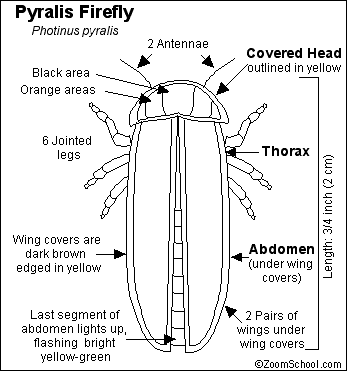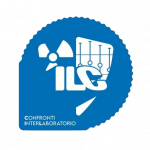
This ultimately impacts profitability and also provides clarity on the various tax rates that apply to the stages of the production process in the manufacturing firm. Finished goods inventory refers to the units that have made it through the production process and are ready for sale. You must use cost-flow assumptions and inventory valuation methods to calculate the balance.
- Margin analysis often involves tracking and accounting for all the costs involved in the production and then subtracting those costs from the total value those steps generate.
- This account tracks all of the raw materials or physical items necessary to create a product.
- It helps if you break down product costs from all the contributing factors that play a part in the cost of the manufacturing product – not only for each item but for all the activities that add cost to the end product.
- The goal of going through the process shown in Figure 1.7 is to arrive at a cost of goods sold amount, which is presented on the income statement.
- Accurate financial records are important for both capital expansion goals and to avoid legal repercussions arising from monetary misappropriation.
- Because that directly affects your tax liability, the IRS requires that you use specific methods to calculate both numbers.
The above entry would increase the production cost, thereby reducing the gross profit disclosed by the trading account. The amount of markup is added to production cost, i.e., the manufacturing profit. This lecture will clarify how to prepare the income statement for a manufacturing company. Some of the benefits of having a Manufacturing account include increased efficiency, improved cash flow, better budgeting, greater flexibility, and the ability to save what is credit card balance time and money.
Finished goods inventory
In summary, the accounting for manufacturing businesses is much more detailed than is required for a business that maintains no inventory. A periodic inventory system is a simplified system for calculating the value of an ending inventory. It only updates the ending inventory balance in the general ledger when a physical inventory count is conducted.
How can a Manufacturing account help businesses manage their finances?
Sage makes no representations or warranties of any kind, express or implied, about the completeness or accuracy of this article and related content. Inventory what is the credit for small employer health insurance premiums is continually being sold and restocked, so you may need to make a cost flow assumption. Job costing, also known as variable costing, is better if you manufacture to order or focus on a small amount of units. For example, this could include a custom-built machine or a small batch of products. In this guide we’ll walk you through the financial statements every small business owner should understand and explain the accounting formulas you should know. Direct labor is the value given to the labor that produces your goods, such as machine or assembly line operators.
Is there any other context you can provide?
This makes it a favorable costing method for process manufacturers and other companies that otherwise produce large numbers of identical units. This is a costing method that differs from job costing in that it incorporates more indirect costs, such as resource consumption. It can help you hone which products are profitable and spot opportunities to drive better results for your existing products. At its most basic level, the cost of goods sold is simply beginning inventory, plus purchases, minus ending inventory. Thus, the derivation of the cost of goods sold is really driven by the accuracy of the inventory valuation procedures that were just described.

How does a manufacturing company report taxes?
Manufacturing accounts can also help businesses manage their cash flow and budget for future production. C This is actual manufacturing overhead for the period and includes indirect materials, indirect labor, factory rent, factory utilities, and other factory-related expenses for the month. In Chapter 2, we look at an alternative approach to recording manufacturing overhead called normal costing.
This method considers numerous future costs that might impact the final cost of producing the product. The process essentially involves estimating these costs and ensuring that the company remains profitable. This method allows businesses to undertake a proactive approach so that they make a decent margin even if the market witnesses volatility.
Unlike job costing, activity costing relies on identifying all the activities in a manufacturing business and proportionately assigns the cost of activities to products based on their activity consumption. Activity-based costing or ABC costing can provide a unique picture when utilized to reveal products that generate profits vis a vis those that don’t. The business can then identify activities or production strategies that might require a revamp to ensure the profit margins are extended. While more specific and accurate, activity-based costing might cause businesses to undertake an unnecessary effort in case the products types of audit report they produce are simplistic, with their costs being more straightforward to track. If job costing is ideal for manufacturing businesses that produce lower numbers of unique products, process costing is for those that create a high volume of homogenous units. ABC is a very accurate costing methodology that helps to factor indirect costs into unit pricing.
